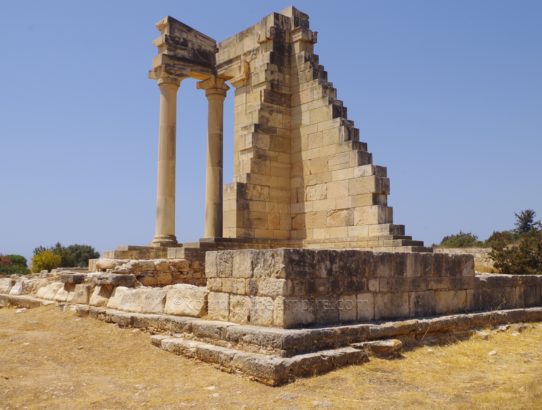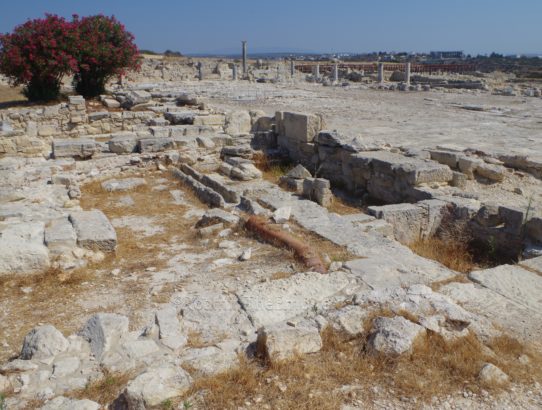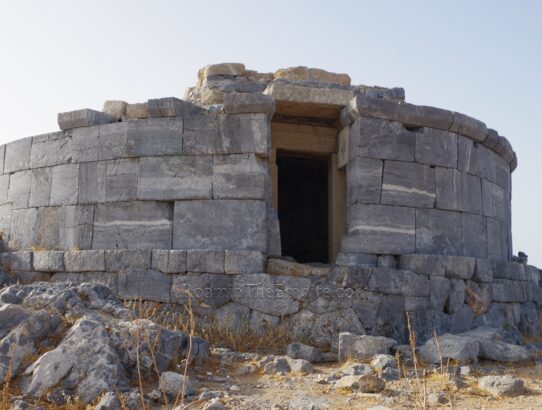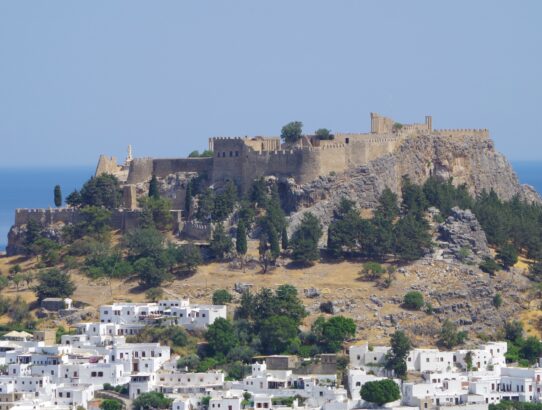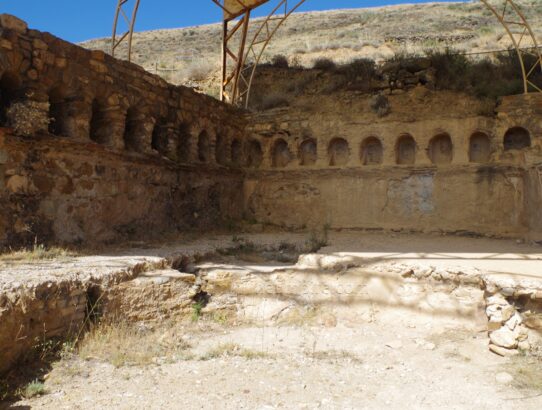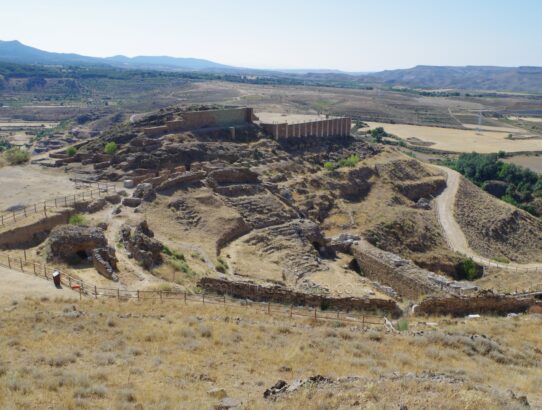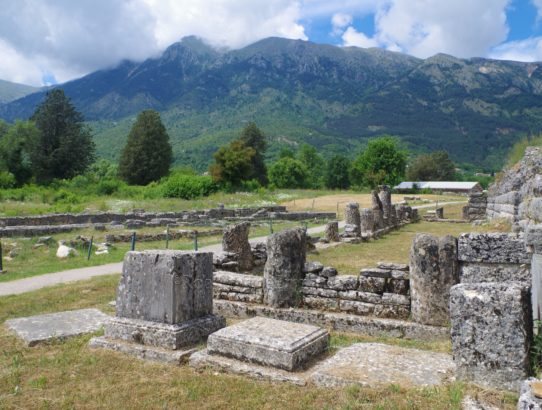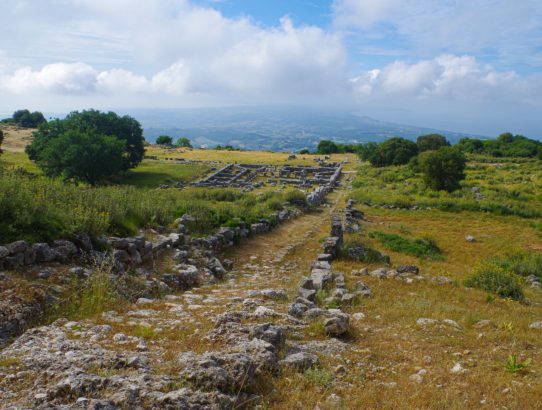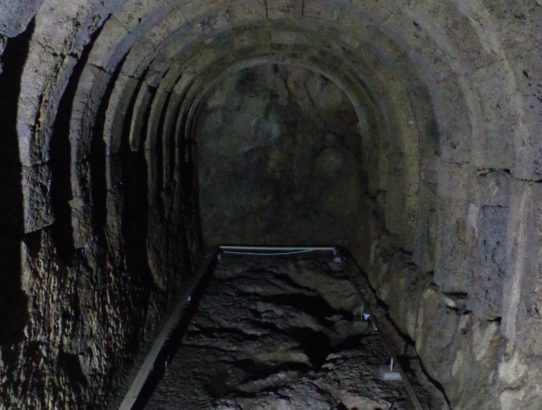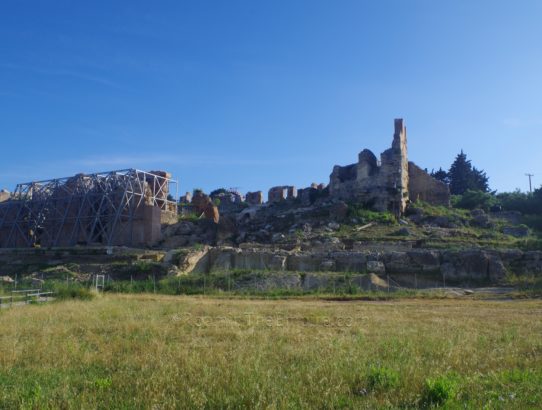Curium, Cyprus – Part III
Continued From Curium, Cyprus Part II There are a few things worth seeing that are outside of the archaeological park. Located at the foot of the rise on which the core of the city is constructed, a less than 5 minute drive from the archaeological park, and about 150 meters from the water, are the…
Read More


